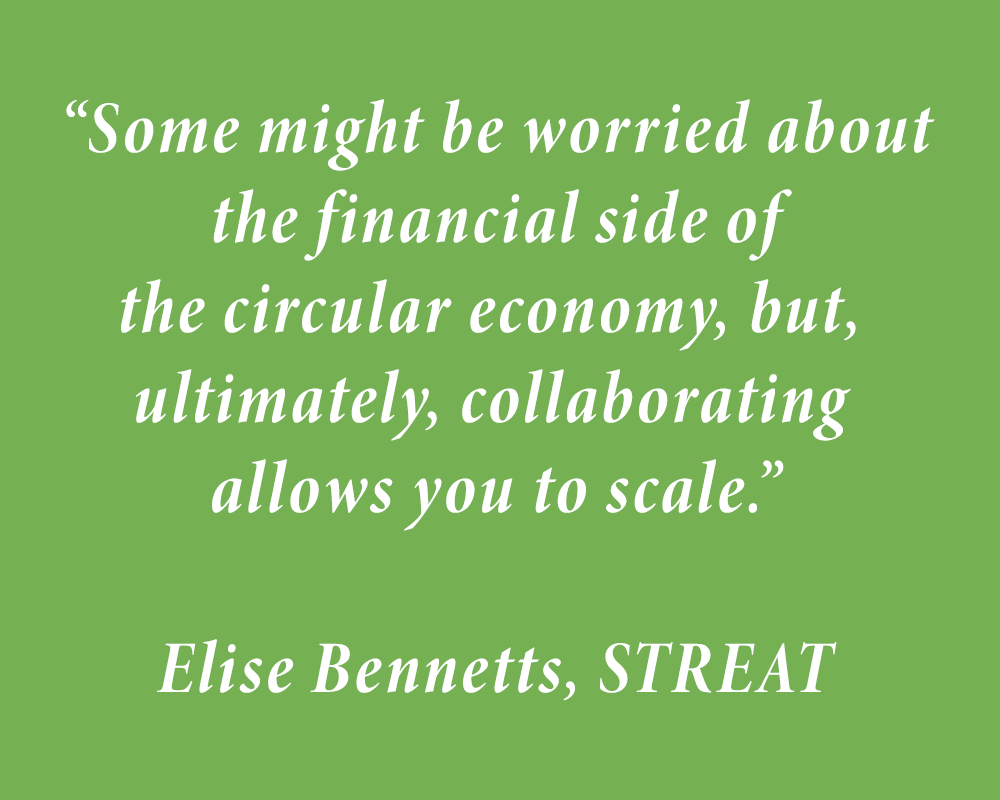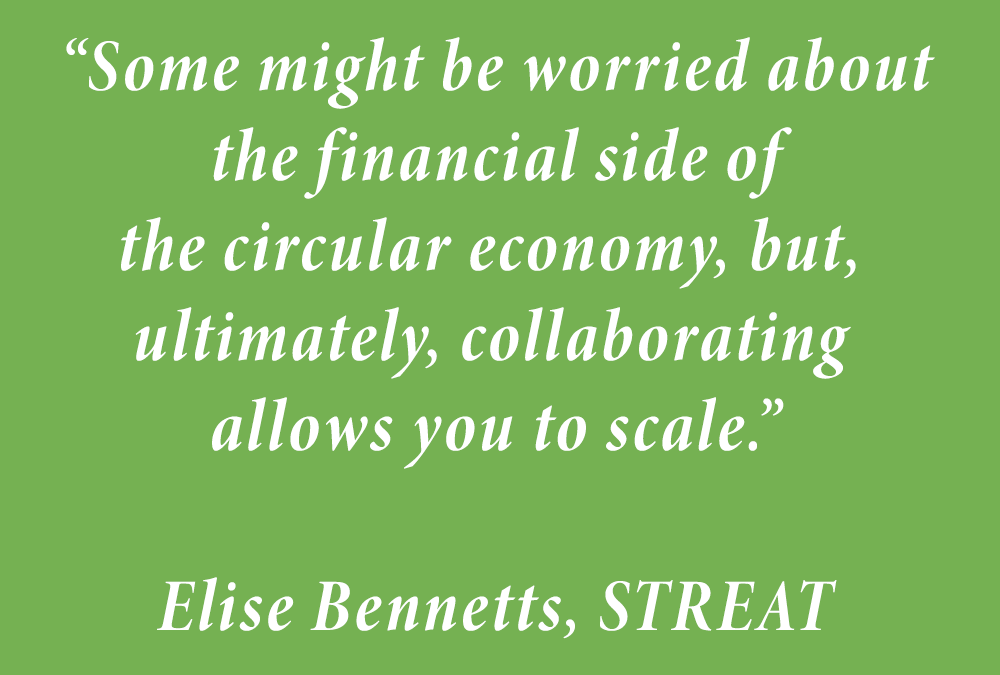What Works for Collaboration in a Circular Economy?
STREAT is delighted to be amongst a range of organisations who contributed insights for a recent “What Works for Collaboration in a Circular Economy?” report that details tangible ways businesses can collaborate for a sustainable future. Special thanks to the Circular Economy Business Innovation Centre (CEBIC) and Deloitte for leading this impactful initiative.
This report not only emphasises the critical role of collaboration in achieving Victoria’s net-zero emissions target by 2045 but also outlines practical ways businesses can contribute to this ambitious goal. The focus is on accelerating Victoria’s transition to a circular economy, boosting productivity, and future-proofing our economy by reducing waste to landfill and emissions.
The collaborative insights, practical guide, and inspiring case studies featured in the report serve as valuable resodurces for Victorian businesses embarking on their circular journeys. By showcasing real-world examples of businesses that have successfully gone circular, the report provides actionable insights that can benefit others on the same path.
Importantly, the theme of successful collaboration and partnerships in the report aligns seamlessly with the United Nations Sustainable Development Goals (SDGs), particularly Goal 17. This goal emphasises the need to build effective public, public-private, and civil society partnerships—underscoring the global importance of the collaborative efforts highlighted in the report.

STREAT is excited to be part of this movement and extends thanks to all contributors for advancing the circular economy work. Let’s continue working together for a sustainable and circular future! You can read the report here.

